Sheikh Mujibur Rehman declared Bangladesh to be independent on 26 March 1971. There is a long trajectory of events that culminated in this cataclysmic event. The All-India Muslim League was born in Dacca in 1906 after partition of the Bengal Province. Lord Curzon partitioned Bengal for a number of reasons, including a swollen population of 85 million. The Muslim population was happy at the partition but Hindus started agitation against English raj. They alleged that the partition was the outcome of the British divide-and-rule policy.
Hindus’ reaction made Muslims realize that Hindus did not care a fig for the Muslim interests.
The Lahore Resolution was passed on March 23, 1940. At that time, the idea was to unite predominantly Muslim provinces. No one realized that someday a unified Islamic republic of Pakistan would come into being.
Lord Curzon partitioned Bengal in 1905 to split the population, then 85 million, into smaller administrative units. The population was broadly divided into Hindus and Muslims. The British recognized that Bengal (with 85 million people) was too large for a province. The Congress initiated mass agitation that brought the province to the brink of a rebellion.
The All-India National Congress believed that the dividing line cut right through the heart of the Bengali-speaking “nation”. It deprived Western Bengal’s “respectable people” (bhadralok) of their intellectual leadership. The partition resulted in the creation of a row of a Muslim-majority province of Eastern Bengal and Assam with its Capital at Decca. The Congress accused the British raj of acting upon the “divide and rule” policy. Congress termed the division “Vivisection of Mother province”. ‘Hail to mother’ (Bande Mataram) became the Congress’s national anthem. The Hindus (Congress) began to boycott British goods. Lancashire-made cloth was burnt in bonfires. Lancashire imports began to be shunned. Besides re-unification of Bengal, the Congress raised many other demand’s like self-rule, and the native system of education. None of the demands cared for Muslims’ sentiments. The partition was abrogated in 1912 by Lord Linlithgow.
The Muslim League of West Bengal (1912-1947) came into being in response to the Hindu nationalists’ violent agitation. The agitation exclusively focused on Hindu identity heritage, education and economic interests.
The Muslims of East Bengal vehemently supported the Bengal partition. Muslims were unhappy at being dominated by affluent Hindus. The Bengal Provincial Muslim League was created on 2 March 1912 at the Muhammadan Educational Conference. Its avowed objective was to promote liberal education among Indian Muslims.
The Bengal Provincial Muslim League was a dynamic branch of the All-India Muslim League. The party played an important role in the Bengal Legislative Council and also in the Bengal Legislative Assembly. In subsequent years, the Bengal Muslim League played a vital role in the creation of Pakistan; particularly in Muslim League’s victory in East Bengal that later became East Pakistan in 1947.
Pakistan lost its Eastern wing because of failure in addressing its grievances.
The turn of events following the Bengal partition (1905-1912) indicated that the Congress was not justified in opposing partition. Unless the Bengal province was partitioned, the Hindu domination of all realms of life would have continued.
The partition strengthened Muslims’ identity. It gave them confidence that they could stand up and fight for their rights. The ugly anti-Muslim face of Congress was unmasked in elections held in the 11 provinces of British India ib 1937. The Congress won a majority of seats in eight of the 11 provinces. Congress began to shout that Muslim League had no grounds to claim that it was the sole spokesman of the Muslims.
The Muslim league was however able to form a government in Bengal province in coalition with AK Fazlul Haq’s Krishak Sramik Party. Later when Muslim League withdrew its support to KSP; AK Fazlul Haq formed a new government in coalition with Congress.
The Congress ministries resigned from provinces after 28-months on the plea that Lord Linlithgow had declared India at war with Germany without consulting Congress ministries. Muslim League observed ‘Deliverance Day’ as during its 28-month rule, Congress did not care a fig for Muslim’s rights. A Hindu way of life and education systems was imposed on Muslims.
The partition of Bengal laid the foundation for the creation of Pakistan. The conduct of Congress ministries (post-1937) compelled Muslims to realize that Hindus and Muslims are poles apart.
The Quaid-e-Azam did not lose heart at the poor electoral performance in 1937. The subsequent 1946 elections confirmed that Muslim League was in fact the sole spokesman of Muslims.
In a way, the Bengal partition was a prelude to partition of India.
Bengalis were in the forefront of the Pakistan movement. Yet they developed the impression that West Pakistan treated them just as the British raj did. Urdu was imposed on them. Their due share in economic resources was denied. Mujibur Rehman was treated as a traitor. Even when East Pakistan had practically slipped out of West Pakistan control, he tried to maintain a semblance of union in the form of a confederation (Rao Farman Ali, How Pakistan was divided).
Even after becoming independent, Bangladesh has retained its Muslim complexion constitutionally. Indian Bengal is at loggerheads with Bangladesh on the issue of sharing river waters. Bangldesh never called for reunification with West Bengal.
India welcomed refugees from East Pakistan but now BJP President and Home Minister, Amit Shah, calls them “termites”. BJP stalwarts openly threaten if Bengali refugees do not go back they would be shot dead. India refused to supply vaccines to BD notwithstanding a written accord. It blocked onion exports in Bangladesh.
Bangladesh is home to a million Rohingya refugees. But, India refused to accept even 81 refugees stranded in a boat in Andaman waters.
India hides its hostility against Muslim Bangladesh. Even after independence, BD has retained its Muslim identity. There is a need for thaw in Pakistan-Bangladesh relations.
The recent protests because of the invitation to Narendra Modi led to the killing of 10 protesters by police firing. That shows both the sentiments of the Bangldeshi people and the extent to which the Awami League government is ready to go, to please India. It must not be forgotten that Modi has been invited to take part in the 50th anniversary celebrations of the creation of Bangladesh.


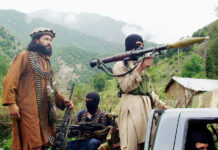
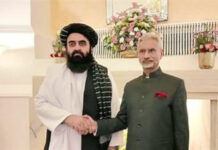

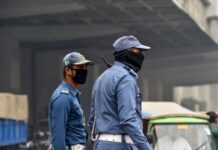



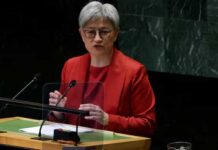
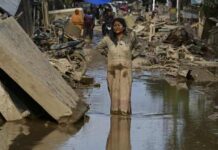
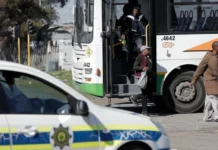
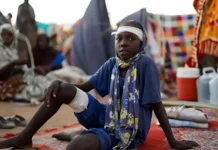

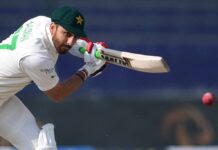

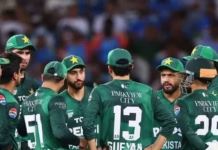

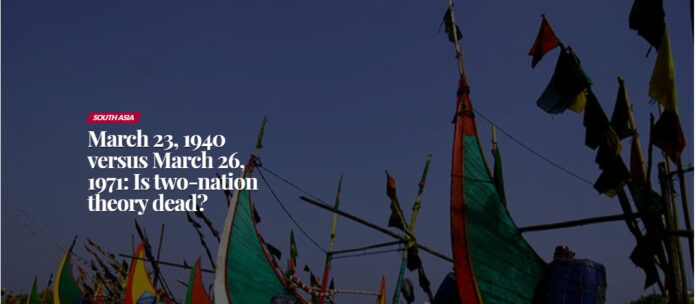
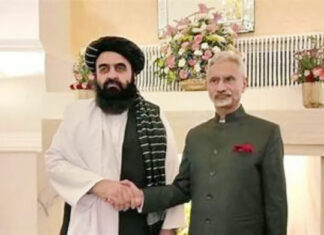



“India refused to supply vaccines to BD notwithstanding a written accord. It blocked onion exports in Bangladesh.”
The joker has no knowledge either of facts or of Indo-Bangladesh Relations. He is still looking Indo-Bangla relations throgh prism of his Jungle jahillya of Hindu/ Muslim. Pathetic. 😁
The author is looking every thing with Muslim eye. No basic understanding, why Bangladesh (earlier east Pakistan) has separated from Pakistan due atrocities, killings, ill-treatment meted by Punjabi dominated Pakistan Army. Just think, Bangladesh has invited all the neighboring countries for its 50th anniversary celebrations EXCEPT PAKISTAN. This is enough to show the true colour of Pakistan